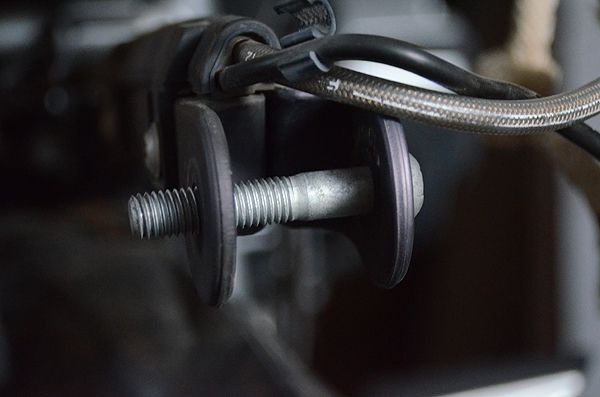Late anwer, sorry.
The thread length doesn't matter at all.
See my crappy paint sketch. Facebook changed their programmng code, so i don't know how to to upload pics, but here it is:
https://scontent-b-ams.xx.fbcdn.net/hph ... e=54EEE9BA
It shows two steel bars held together by the blue fastener. There's a force F that pulls them apart. Now, if the fastener is a rivet, the force would be transmitted through the rivet at the two vertical red lines.
If the fastener is a screw and nut, the bars are forced together at the green horisontal lines. The force in this case is transmitted via the bar surfaces, at the yellow horisontal line. The screw does not take part in transmitting the force at all.
I hope this makes sense to you.
@Boxadog 2000: i'm by no means an expert on this, but as I understand it, zinc plating is done by placing an anode and a kathode in a liquid containing an electrolyte of some sort. You put an electrical current to the anode and kathode. The anode is zinc and the kathode is the thing you want to plate. I cannot see how this could make a steel thingy become brittle.
//T
